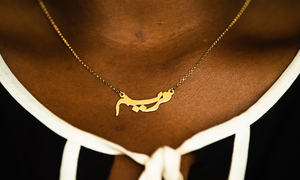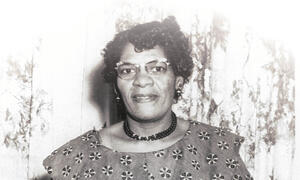May Is Asian American and Pacific Islander Heritage Month!
As you plan for the upcoming Asian American and Pacific Islander Heritage Month, we encourage you to celebrate and teach the diversity of AAPI identities. Then, keep going by incorporating AAPI voices into your curricula all year long. You can begin with these resources.
- Teaching Asian American and Pacific Islander Heritage
- Hawaiians Live in Aloha
- Teachers, Check Your Texts



